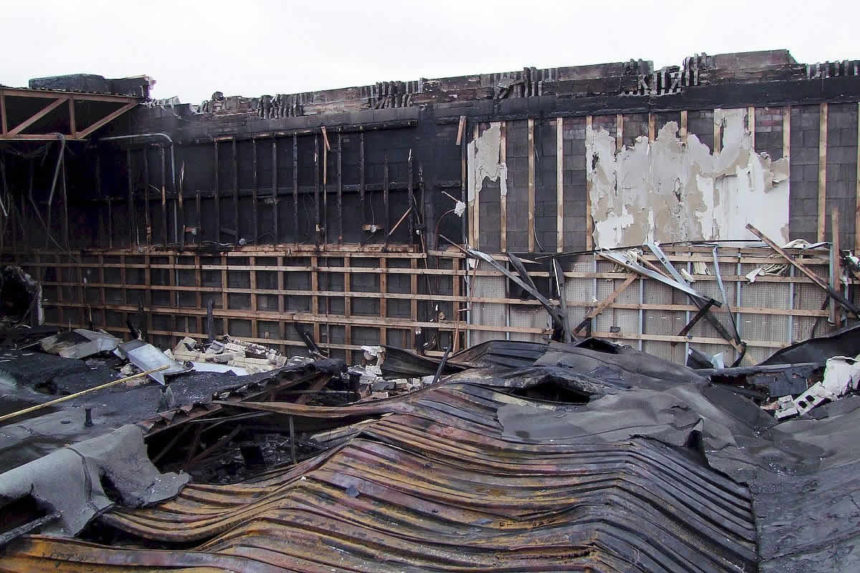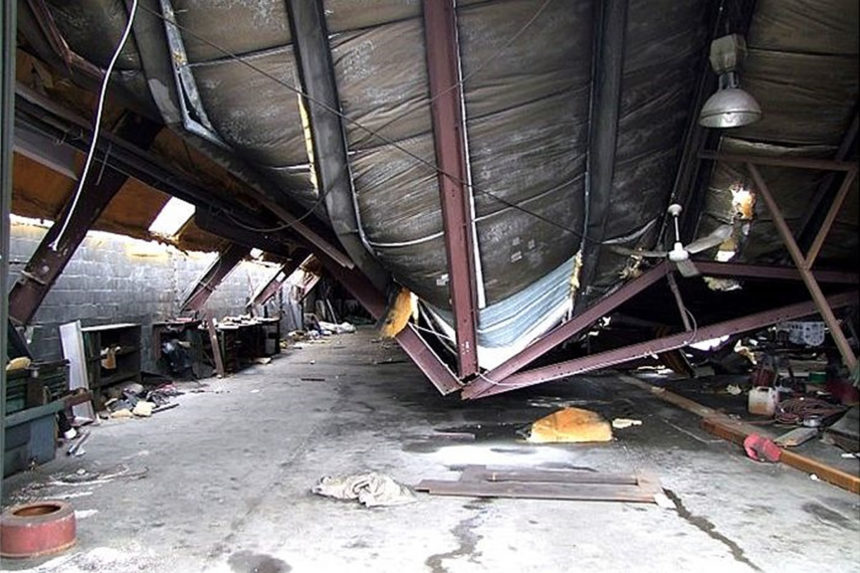SYSTEMATICALLY AND OBJECTIVELY DETERMINING CAUSE OF A CIVIL/STRUCTURAL LOSS
Construction methods, materials and building information management are evolving technologically at a rapid pace, and present a wider variety of failure types than ever before. To investigate and determine the cause of a civil/structural loss, expertise with past and present construction methods is required. This not only covers deep and varied knowledge regarding life expectancy, durability and environmental reactivity of traditional and contemporary construction materials, but also the failure mechanisms of buildings, structural systems and their components. The Haag Canada team has the in-depth experience and capacity for incisive analytical assessments to provide the clarity of findings and certainty of recommendations that clients need when it comes to insurance investigations and/or legal disputes. All five service areas are available within this discipline.
Our projects often involve interdisciplinary cooperation with Haag’s quantification and appraisal experts and span the following fields: geotechnical, mining, infrastructure, materials, environmental, health and safety, architectural, electrical, mechanical, equipment and risk management.
While the Civil/Structural group supports all of Haag Canada’s five core services the following outlines specific capabilities, along with a list of types of analysis and structures/materials with which our experts have experience.
Assessment of structural damage
Causation of failure or underperformance
Remediation and loss mitigation
Types of analysis
Types of structures and materials
Assessment of Structural Damage
Following a natural, accidental, or deliberate event, our initial assessment involves determining the extent of structural damage and adequacy of the remaining structure. Typical events include:
- Fire and/or explosion
- Climatic (wind, snow, ice, flooding, earthquake, lightning, hail)
- Flood / storm surge / wave action
- Live loads (weight of people, equipment, stored materials)
- Impact (tree, vehicle, equipment)
- Soil settlement / failure
- Vibration (construction, blasting, equipment)
Causation of Failure or Underperformance
Haag Canada conducts engineering investigation of buildings, structural systems and/or their components, which failed or did not perform as intended. Typical causes of failure include deficient design, construction, manufacture, maintenance and operation. Losses include:
- Collapse or failure of buildings, structural systems, and/or their components
- Building envelope failures
- Material failures
- Equipment failures
- Personal injuries
Remediation and Loss Mitigation
Following a structural damage or failure, it is critical to undertake measures to minimize risks to health and safety, further property loss and business interruption. Our involvement at this stage may include the assessment of structural adequacy to assist in ensuring the safety of first responders. To protect all parties involved, we produce a scope of measures to minimize risk of additional structural damage, which allows for the safe investigation and/or removal of contents while protecting the remaining structure and equipment. Following our assessment, we can prepare a scope of remediation to assess the prospective cost as well as for building permit purposes. Typical services include:
- Assessment of unsafe buildings
- Scope of temporary measures for immediate structural securing
- Preparation of demolition plans
- Preparation of engineering drawings and specifications for remediation
- General field review during construction
- Preparation of engineering reports
Types of Analysis
Our involvement with civil/structural matters through various types and stages of losses includes the utilization of specific technical knowledge and skills to reach clear conclusions and recommend practical solutions. Examples of our continuously expanding list of technical analyses includes:
- Structural analysis and design
- 3D finite element analysis (FEA)
- 3D building information modeling (BIM)
- Fatigue and failure analysis
- Progressive collapse analysis
- Blast-resistant structural design
- Structural integrity evaluation
- Building envelope assessment (facade and roof)
- Building code review
- Cost analysis
Types of Structures and Materials
Our technical knowledge and experience extends across various types of structures, including:
- Residential, commercial, institutional, industrial, and farm buildings
- Nuclear facilities
- Transportation
- Subsurface utilities
- Water resources
- Turbine foundations
- Retaining walls
- Tanks and silos
- Cranes
- Racking systems
- Ladders and scaffolds
- Rigging
- Signs
- Temporary structures
Haag Canada experts also have extensive experience with a range of materials, including:
- Steel
- Concrete
- Masonry (stone, concrete block, clay and concrete brick)
- Wood
- Aluminum
- Glass
- Polymers




